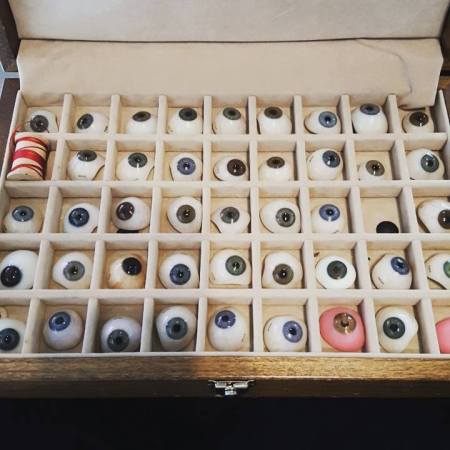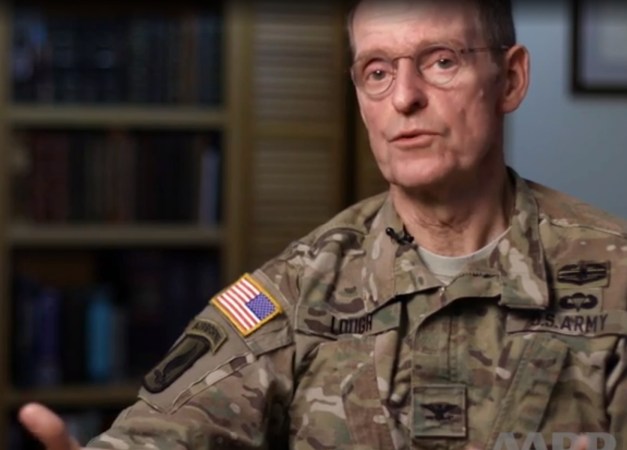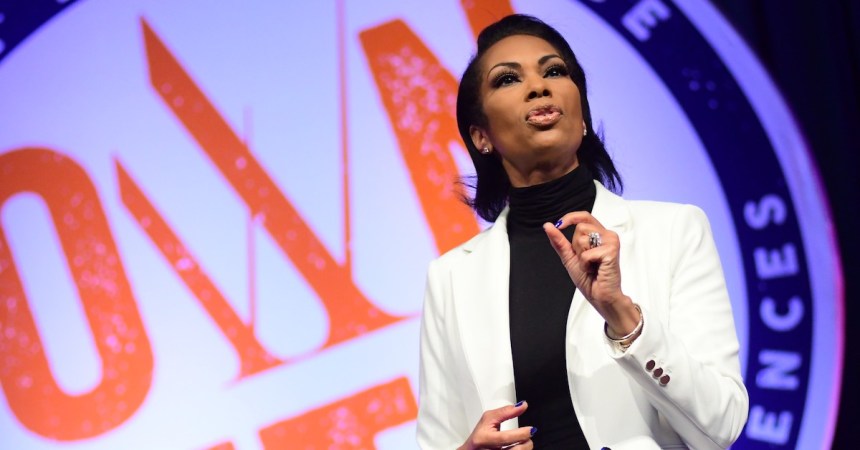Every day we purchase antacids and bottled water from local convenience stores and take for granted the ease of getting vaccinated for the upcoming flu season.
But this wasn’t the case for millions of people in the 18th and 19th centuries who struggled with what we consider today to be simple-to-treat ailments.
In fact, more casualties from warfare during that period resulted from infections contracted after battle than from the wounds themselves.

The stress of warfare, however, tends to push innovation, and during America’s wars, doctors pushed the envelope on how to diagnose, treat, and prevent ailments that would have otherwise been fatal. Rarely does a physician come along and change medical history forever, but these five military doctors did just that.
1. Dr. Benjamin Rush
A signer of the Declaration of Independence, Benjamin Rush wrote the first American preventive-medicine textbook for Army physicians. In 1777, during the Revolutionary War, his published work inspired George Washington to have the Continental Army inoculated with the smallpox vaccine. Since then, countless people have been successfully immunized.

2. Dr. William Beaumont
Known as the Father of Gastric Physiology, William Beaumont served as an Army surgeon at Fort Mackinac, then a violent battleground area on Michigan-Canada border. In 1822, a Canadian named Alexis St. Martin entered the medical facility with a gunshot wound to his stomach. For the next 10 years, Beaumont would examine and observe Martin’s intestinal tract, becoming the first doctor to document the live digestive process. This led to the discovery and treatment of several gastric related issues.

3. Dr. Walter Reed
An Army pathologist and bacteriologist during the Spanish-American War, Walter Reed distinguished himself as a medical investigator, traveling to Cuba to research the spread of typhoid which affected thousands of soldiers in the region. His innovated testing led to the discovery of the disease’s origins and developed a treatment for the tropical illness.

4. Dr. James Tilton
An American soldier, physician, and Surgeon General during the War of 1812, James Tilton was in command of some number of hospitals in Morristown and Princeton, New Jersey. Concerned with the high death rate of contracted diseases in hospitals, Tilton constructed hospital wards with well-ventilated ceilings known as “Tilton Huts.” These windowless huts were small buildings divided into three sections. Tilton wouldn’t allow wood to be use during this construction as he believed the natural resource harbored infection, which practically eliminated the spread of infectious diseases.
In 1790, Congress passed Tilton’s “Code of Regulations for the Army Medical Department,” which redefined how hospitals are built today.

5. Dr. Carl Rogers Darnall
Serving as an operating surgeon and pathologist during the Spanish-American War, Carl Rogers Darnall returned to the states and taught at the Army medical school in Washington, D.C. In 1910, Darnall invented the mechanical liquid chlorine purifier known as the “chlorinator.” This innovated piece of tech removed harmful water contaminates making it the world’s first water purifier.











